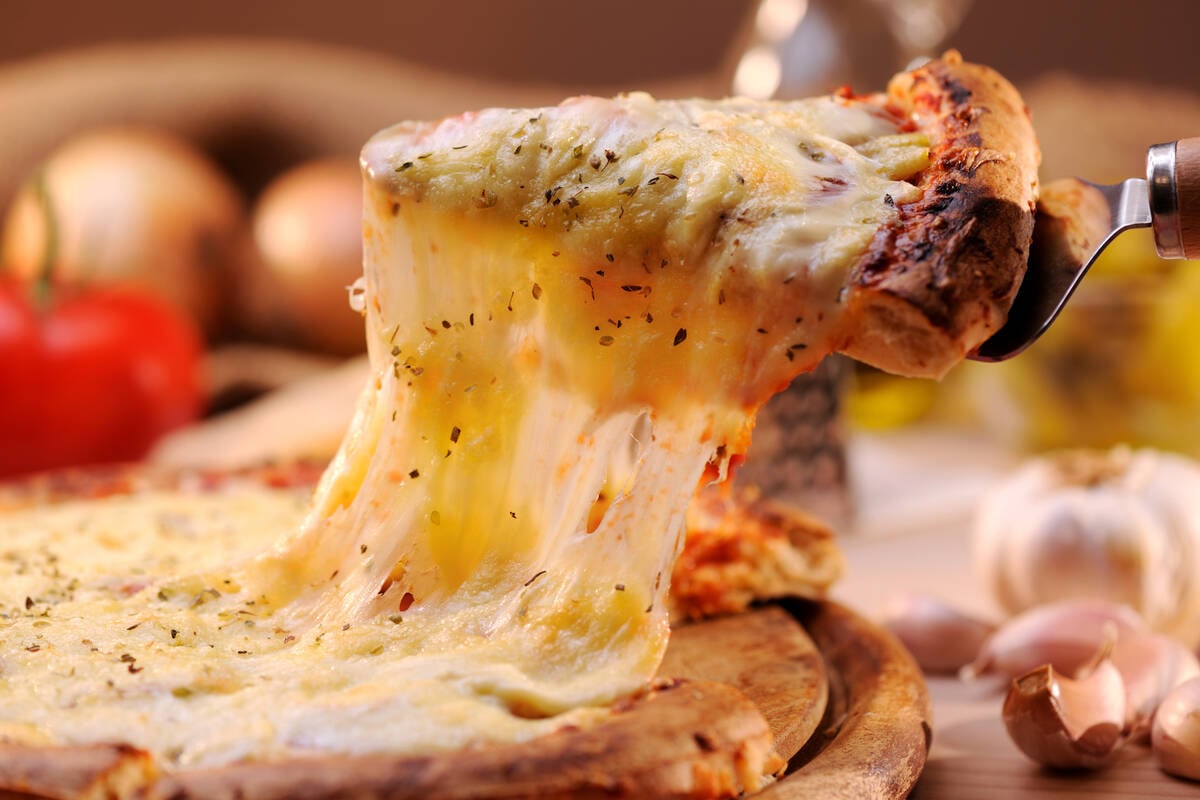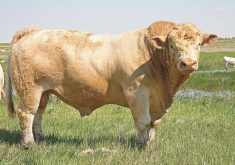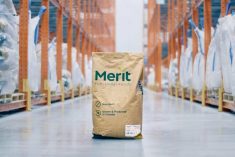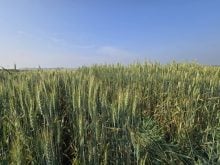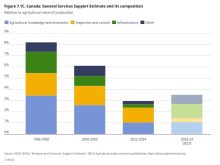When comparing plant-based or vegan cheese to dairy cheese, the only category of true competition is taste. In all others — nutrition, ingredient types, texture and functionality — dairy cheese has the alternative beat.
That was the trend that Alejandro Marangoni, food scientist and professor at the University of Guelph, noticed before embarking on a quest to improve the protein metrics of the plant-based product.
“Vegan cheese is one of those things that really hasn’t materialized yet, to the extent that meat and milk have,” Marangoni said.
Read Also

Lactanet moves to monthly on dairy genetic reports
Lactanet is now publishing monthly dairy genetic evaluations, giving dairy farmers more up-to-date data to make breeding decisions.
WHY IT MATTERS: Plant-based protein has seen some booms and busts, but food researchers and governments handing out investment dollars are still very much interested in the developing sector.
Marangoni’s background includes a number of projects in the food sciences, such as chocolate and cocoa butter equivalents, hoping to help address some of the challenges in cocoa production. Others include oil gels that resemble animal fat, such as the gristle in steak.
One of his most recent, high-protein plant-based cheese, was highlighted at the Pan-American Light Sources for Agriculture conference held in Saskatoon, Sask., in late-summer.
Current gaps
Of the multiple options for plant-based cheese, not one has the nutritional value of even a Kraft single cheese slice, he said.
“If you read the rest of the ingredients, it’s just salt and coconut oil and the rest is starch,” he said. “So you’re eating fatty starch with salt and paying a cheese price. And people are being told that this is cheese just because it tastes cheesy.”
For the typical serving size of 30 grams, a dairy cheese like medium cheddar has seven grams of protein. A Kraft single has three grams. Plant-based cheese has a negligible amount.
Plant-based cheese doesn’t have the functionality of dairy-based cheese either, he argued, having done comparison testing of processed cheese, plant-based cheese, and medium cheddar for spread and stretch when warmed.
For spread the cheese “cores” were placed in an oven at 230 C before testing, and for stretch heated to 95 C, then pulled apart to test integrity.
“They (plant-based cheeses) don’t melt because a lot of them use tapioca, and tapioca doesn’t like to yield and melt,” he noted.
“It is rubbery, but it doesn’t yield … I don’t know if you’ve experienced this: you buy a very expensive vegan pizza, you put it in the oven, you take it out, and you can still see the individual pieces of shreds. It hasn’t gone anywhere.”
His goal was to address both of these issues.
Making a better vegan cheese
Marangoni’s research has developed a product that brings those nutritional stats up to 18 per cent protein, 21 per cent fat, and 12 per cent carbohydrate, and has seen gains in functionality, as per the two quality tests noted above.
Under test conditions, their product showed a 35 millimetre stretch and 100 per cent spread. That’s not as good as the medium cheddar, which boasted 143 per cent spread and 95 millimetres of stretch, but a notable improvement from the established plant-based sample, which had shown neither stretch nor spread.
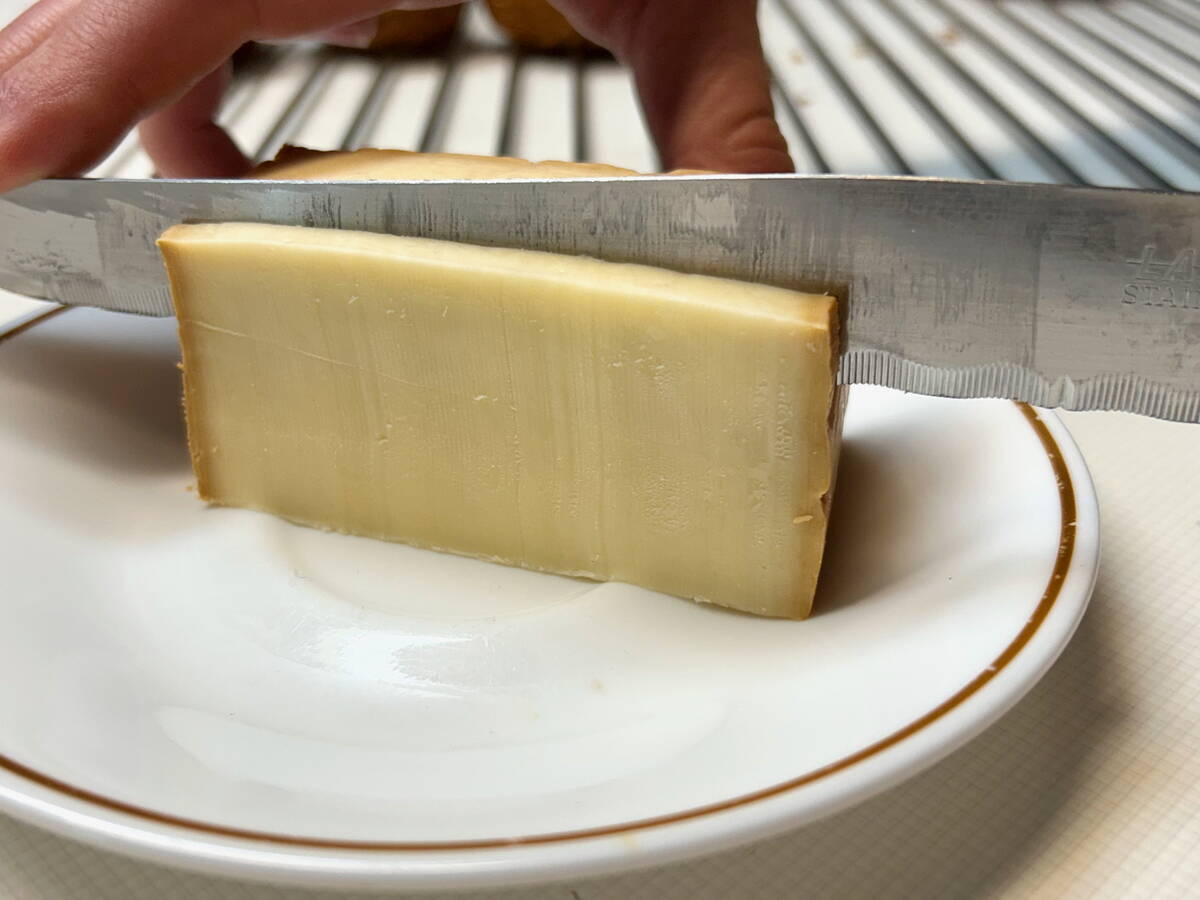
To achieve this, Marangoni and his team turned to the micro-imaging technology offered by the synchrotron at the Canadian Light Source in Saskatoon. The equipment let them visualize the micro-structure and make up of their developing cheese product and other cheeses. The images were segmented and analyzed to identify protein, starch, fat, and the particles sizes, volume and shape factors of the materials.
Under the synchotron’s beamline, they compared cold cheese to warmed cheese and reviewed how the make up performed under the varied conditions. This helped them try to match the melt and stretch characteristics of dairy cheese.
“We discovered that the high-protein cheese, when it’s melted, it’s very similar to what happens to dairy cheese,” the researcher said. “Some coalescence of the fat globules has happened, and some aggregation of the protein has occurred in certain areas too, which is very similar to what happened to the dairy cheese.”
Comparing proteins
Marangoni and his team tested and created the high-protein cheese using pea protein isolate, but had also tested the stretch and melt functionality of two different faba bean proteins.
They found that different plant proteins behave differently.
They tested solubility, water holding capacity and emulsification ability, and determined the best option was a protein with low solubility, high water holding capacity and poor capacity for emulsifying. These qualities all contribute to how the starch, protein and fat mix together to form a functional cheese.
Hitting shelves?
Marangoni counts the research as a major success for learning and product development, but his high-protein plant-based cheese is far from being in the nearest grocery store.
Protein isolates are gaining traction. Canada’s pea proteins market was worth an estimated US$75 million as of 2024, according to a sector analysis from Credence Research. That analysis expects the market to grow to almost US$180 million by 2032.
On the Prairies, a number of plant protein projects have cropped up, notably Roquette and their major pea processing plant in Portage la Prairie.
On a more general scale though, processing is still limited, and an 18 per cent protein plant-based cheese would be out of most consumers’ price range, the Ontario researcher noted.
“High-protein cheese ends up being extremely expensive,” Marangoni said. “And there’s not sufficient availability (of protein isolate). We’re working now with concentrates.”
He added that even at four per cent protein, such a cheese would barely be affordable.


